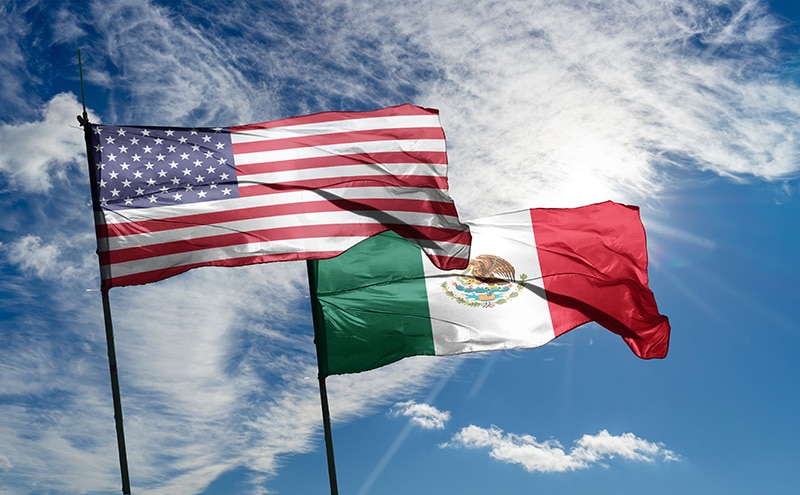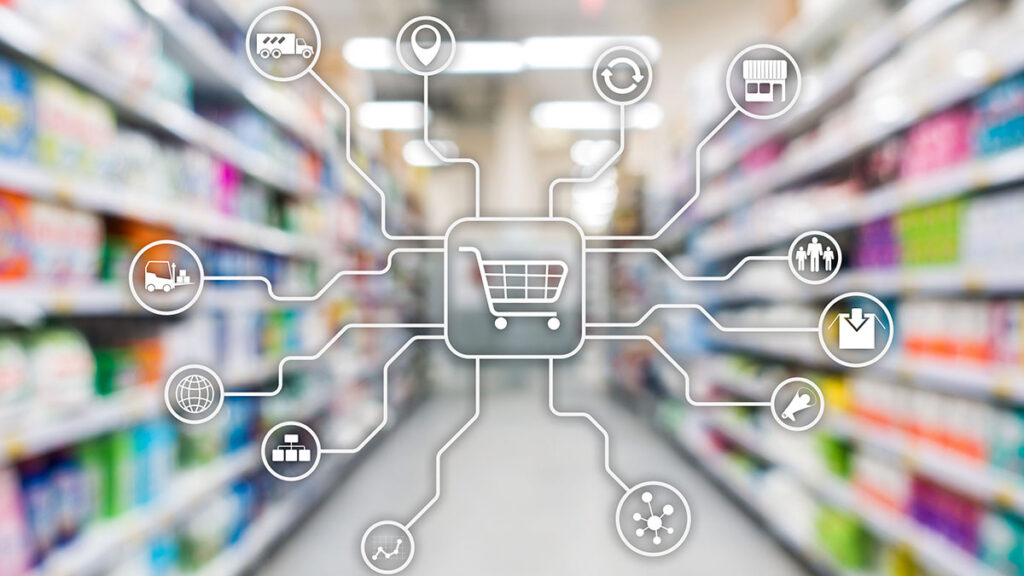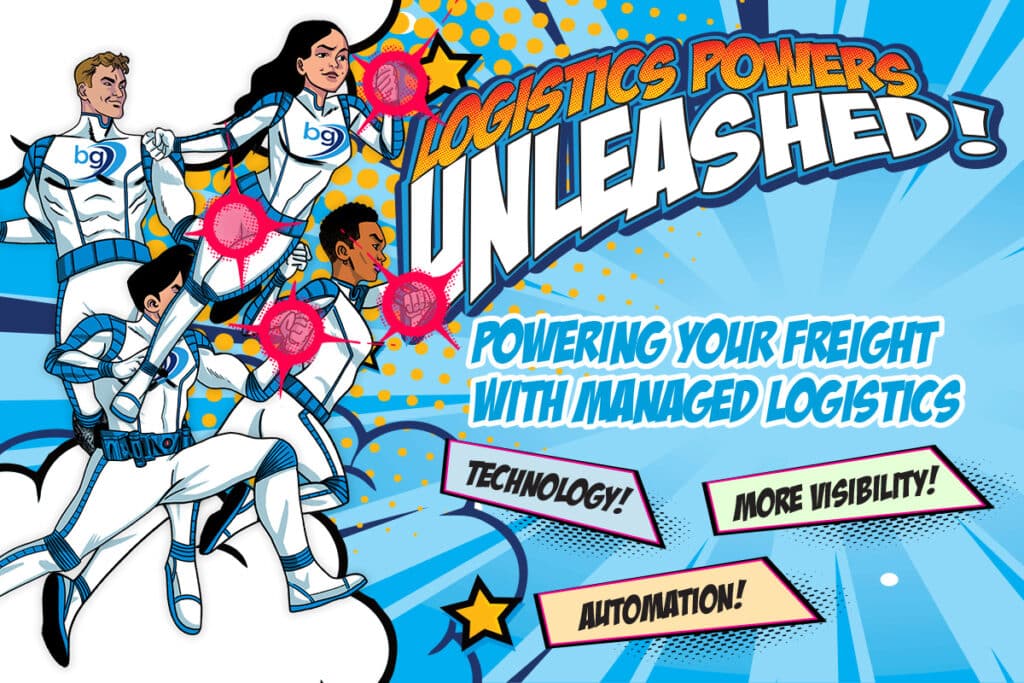
Omnichannel Strategies Are Crucial For Retail And Shippers

What This Blog Is About:
-
What is omnichannel and its impact on physical retail?
-
Did the pandemic effect omnichannels?
-
What does the future hold for physical retail?
Over the last decade, ever since social media and the IoT became common-place mediums, there has been a change in marketing tools and strategies. The Harvard Business Review identifies that 73% of consumers shop on more than one channel.
Currently, businesses would have a page on social media and would have payment options on their website. However, the customer still lacks a seamless experience across these channels. This is because businesses use multi-channel marketing.
A more streamlined communication is provided by omnichannel strategies. Omnichannels blur the line between online and in-person purchases. It is an approach that focuses on providing a seamless customer experience. The client can use a phone, a laptop, a brand-owned app or a brick-and-mortar store, but the experience is unified.
It’s important here to differentiate an omnichannel experience from a multi-channel experience. Essentially, this comes down to the depth of the integration. In a multi-channel environment, the user has access to a variety of communication options that aren’t necessarily synchronized or connected. However, during an omnichannel experience, there aren’t only multiple channels, but the channels are connected so that the shopper can move between them effortlessly.
Impact On Physical Retail
The digital world is second nature for most people. The human instinct is to check online, read reviews, engage with content, and search for offers before making a decision on what to purchase. An average American spends approximately 11 hours a day engaging with digital media.
Consumers have changed the way they utilize a brick-and-mortar store. According to Bazaar Voice, 82% of shoppers use their smartphones as shopping assistants in stores. 56% of them read a review online before making their choice. 25% of the customers have made online purchases while standing in a physical store.
The statistics are clearly in favor of a digital presence that harmoniously engages with the customers. Omnichannel shoppers have a 30% higher lifetime value than those who shop using only one channel, as per a ThinkwithGoogle study.
The crux of the omnichannel approach is to meet the customers where they are. Customers are no longer going to visit an enterprise’s brick and mortar store. Some might prefer a curb-side pick up after they have made their choice online. Many might still wish to visit the physical store to test the product in question. The business should be able to adapt swiftly to all preferences.
Physical stores are not entirely replaced by the omnichannel approach. They just need to be enhanced and integrated into the entire digital experience.
Omnichannels During The Pandemic
The Covid-19 Pandemic has changed the way businesses function worldwide. Where to advertise? What content to push? What to market? When to publicize? And most importantly, how does one engage with customers? The answers to each of these questions have changed since the pandemic started.
Customers have become accustomed to making all their purchases from fresh vegetables to high-end electronics online. In-store visits were drastically reduced during the pandemic. Advertising through billboards might no longer be effective. Just a simple Facebook page is not interactive, either. Push-marketing online that happens too often ends up being a let-down. Products without recent decent reviews are not preferred.
In order to survive the pandemic wave, enterprises must be willing to go all out and engage with their customers across various channels. They should be able to link the customer’s in-store and online behaviors together. They should have an online or contact-less method of making purchases and introduce curb-side pick-ups and last mile delivery.
A McKinsey study states that 56% of consumers would prefer the omnichannel route. In order to grow the omnichannel method, it would be beneficial to explore engagement over IoT-Connected Devices.
Outlook For Omnichannels
Creating websites and having social media pages is the basic requirement. Apps, Chatbots and Augmented Reality integration makes customer engagement more relevant. Augmented reality (AR) technology would enable a buyer to use the camera on their smart device to superimpose digital elements onto their physical surroundings.
Having in-store and contactless payment options will help convert the sale lead, regardless of the platform. By 2023, contactless technologies are projected to generate over 220 billion U.S. dollars in transaction value in the US alone.
Data mining and data analysis can be used to identify recommendations. Additionally, a reminder service for repeat buyers will go a long way to ensure a personalized experience. Recommendation engines use algorithms, A/B testing, and sometimes artificial intelligence-powered machine learning to predict and recommend products.
The customer’s timeline of making a choice happens over various platforms. A lead would come from an influencer’s post. The interested buyer will immediately check the website. After consuming information, they would continue without making any actions.
A few days later, an Instagram advertisement in line with the website gets pushed to the buyer. They would then check out competition products or the cost of the same product on a site like Amazon. They might add it to the cart and forget to complete the transaction. A few days later, the same customer would pass a physical store, and it would add to the trust factor. They might follow up by reading reviews (influenced by Search Engine Optimization), before finally converting their order.
What Does This Mean For Logistics?
The omnichannel approach has been a boon as well as a newfound pressure on logistics with both retailers and their suppliers. Maintaining the same product SKUs in potentially different locations from brick-and-mortar stores to warehouses has put pressure on transportation capacity. Since many of the shipments for suppliers tend to be LTL, they are increasing the capacity crunch that already exists with our shortage of drivers and trucks. As CPG and other retailer suppliers learn the systems put in place for omnichannel retailers, it will become a more streamlined process. Until shippers and retailers can master the new scheduling and capacity demands, shippers will be at the mercy of expensive rates and penalties for not conforming to newfound demands.
As a business, you would never want to lose your customer at any step of the way. Therefore, it is important to use technology and data mining to trigger the right kind of products and shipments at the right time. Retailers will continue to create omnichannel environments ands the consumer will continue to request new and quicker ways to purchase products.



